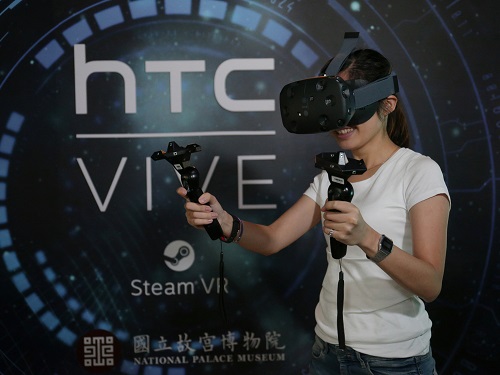Arguably the defining feature of the HTC Vive virtual reality (VR) head-mounted display (HMD) is its Room Scale user-tracking, provided by Valve’s SteamVR system and its Lighthouse laser-based solution. The concept works by tracking a user’s movements in an area of up to 15-feet by 15-feet and having those movements then replicated within the given experience. But those with limited space shouldn’t worry about having room to use the HMD; HTC is well aware that many people will be using smaller spaces.
HTC Vice President of Virtual Reality Daniel O’Brien recently explained as much to Forbes. “With the SteamVR solution you actually have a chaperone system,” he said. “So, once the user actually goes into their headset for the very first time they will actually set up their safe space, right? And that’s very dynamic. Everybody else is going to be able to choose their space and how big it is. We tell people today “We can go to this very large volume of space but we’re really showing off the robustness of it, right? What it could do.” But we know people are going to use a smaller space, some people are going to use a seated experience and we’re prepared to do that with the Vive.”
VR fans are anticipating a limited release of the HTC Vive before the years’ end, although a date for this launch and information on the amount of units that will be available is yet to be revealed. Following that, a wider rollout will be coming in Q1 2016, which is around the same time that Oculus VR will be launching its own PC-based HMD, the Oculus Rift. Final dates and prices for either HMD are yet to be officially confirmed.
VRFocus will continue to follow the HTC Vive closely, reporting back with the latest updates on its progress.
-END-
The post HTC: People Will Use ‘a smaller space’ for Vive’s Room Scale Tracking appeared first on VRFocus.















